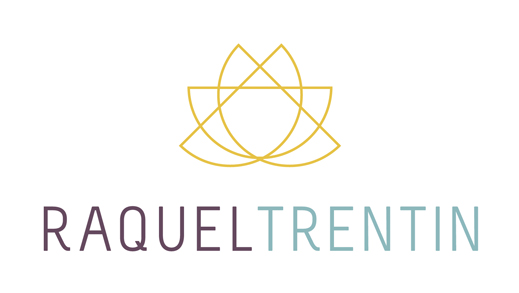The Western Basin of Lake Erie Collaborative Agreement: A Groundbreaking Approach to Protecting the Great Lakes
The Great Lakes are a vital natural resource for the United States and Canada, providing drinking water, recreational opportunities, and economic benefits to millions of people. However, the lakes are also under threat from pollution, invasive species, and climate change. That`s why a groundbreaking agreement has been reached between federal and state agencies, local governments, and environmental groups to protect the Western Basin of Lake Erie.
This agreement, known as the Western Basin of Lake Erie Collaborative Agreement, was signed in 2015 and is a comprehensive approach to addressing the challenges facing the lake. The agreement focuses on six key areas: nutrient reduction, environmental monitoring, research and evaluation, communication and outreach, implementation and accountability, and adaptive management.
Nutrient reduction is a critical component of the agreement, as excessive amounts of nutrients such as phosphorus can cause harmful algal blooms (HABs) in the lake. HABs can be toxic to humans, pets, and wildlife, and can also harm the local economy by reducing tourism and fishing opportunities. The Collaborative Agreement sets targets for reducing nutrient levels and includes measures such as promoting best practices for agricultural and urban land use, reducing stormwater runoff, and implementing wastewater treatment upgrades.
Environmental monitoring is another important aspect of the agreement. Monitoring helps to track changes to the lake`s ecosystem and provides valuable data for decision-making. The agreement includes a coordinated monitoring program that gathers information on water quality, fish populations, invasive species, and other factors affecting the lake.
Research and evaluation are also key components of the Collaborative Agreement. Research helps to identify the causes and effects of environmental problems, while evaluation ensures that programs and policies are effective. The agreement emphasizes collaboration between scientists, policymakers, and stakeholders to support research and evaluation efforts.
Communication and outreach are critical to the success of the agreement. The Collaborative Agreement includes a comprehensive outreach plan that engages stakeholders, raises awareness of environmental issues, and promotes conservation practices. The plan includes public forums, educational materials, and outreach to schools, businesses, and community organizations.
Implementation and accountability are also critical components of the agreement. The agreement outlines specific actions and timelines for achieving its goals, and includes regular progress reports to ensure accountability. The implementation plan includes measures such as financial incentives for conservation practices and penalties for non-compliance.
Finally, the agreement includes an adaptive management approach that allows for flexibility and adjustment as new information becomes available. This approach recognizes that environmental problems are complex and ever-changing, and requires ongoing collaboration and adaptation to achieve long-term success.
In conclusion, the Western Basin of Lake Erie Collaborative Agreement is a groundbreaking approach to protecting one of the Great Lakes. By focusing on nutrient reduction, environmental monitoring, research and evaluation, communication and outreach, implementation and accountability, and adaptive management, the agreement provides a comprehensive framework for addressing the challenges facing the lake. The agreement is a shining example of collaboration between government agencies, local governments, environmental groups, and stakeholders, and demonstrates the power of collective action to protect our natural resources.
